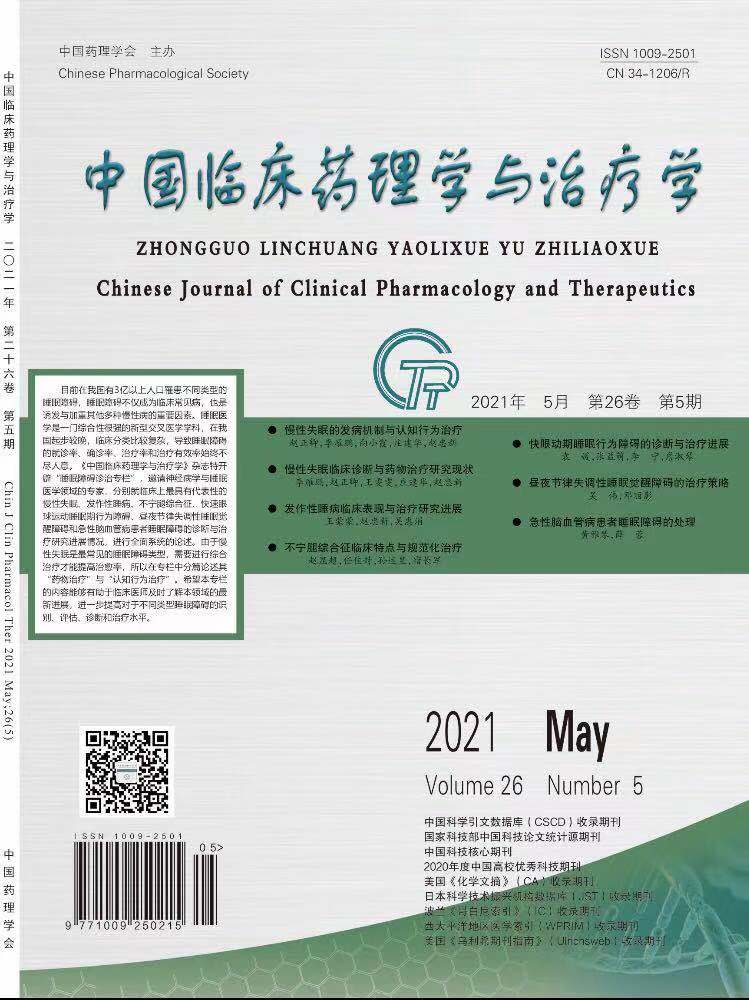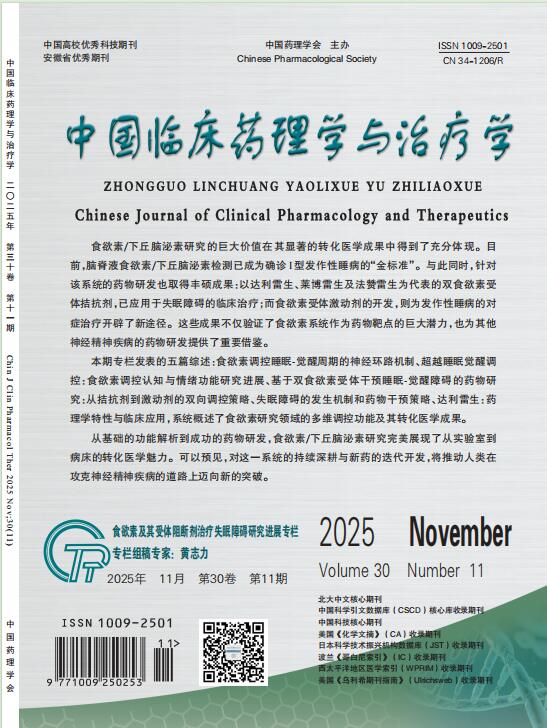Research progress in the treatment of depression with monome of Chinese herb, drug pairs, compound prescriptions and Chinese patent drugs
CHEN Ying, YUAN Yonggui
2021, 26(5):
586-593.
doi:10.12092/j.issn.1009-2501.2021.05.016
 Asbtract
(
1767 )
Asbtract
(
1767 )
 PDF (536KB)
(
4733
)
Related Articles |
Metrics
PDF (536KB)
(
4733
)
Related Articles |
Metrics
Depression is a relatively common psychosomatic disease in clinical practice. It is mainly characterized by significant and lasting depression. It generally manifests as depression, loss of interest, impaired cognitive function, etc. Some patients are accompanied by somatization symptoms such as insomnia or lethargy, Loss of appetite, fatigue, loss of libido, etc. In severe cases, self-injury or even suicide may occur. According to research, depression has become the third leading cause of disability and death. At present, the pathogenesis of depression has not been definitively concluded, but a large number of studies have shown that it is related to biochemical, neuroendocrine, and neuroimmunological factors. At present, selective 5-HT reuptake inhibitors are routinely used in clinical treatment, such as sertraline, citalopram, Prozac, etc., but they often have slow onset and obvious side effects, making it difficult to achieve satisfactory therapeutic effects. Traditional Chinese medicine has gradually begun to be accepted by doctors and patients in the treatment of refractory diseases due to its multi-component and multi-target characteristics. This article mainly discusses the research progress of Chinese herbal extracts, Chinese herbal medicine pairs, Chinese herbal compound prescriptions, and Chinese patent medicines in the treatment of depression, and provides references for the clinical application of Chinese medicines in the treatment of depression.


